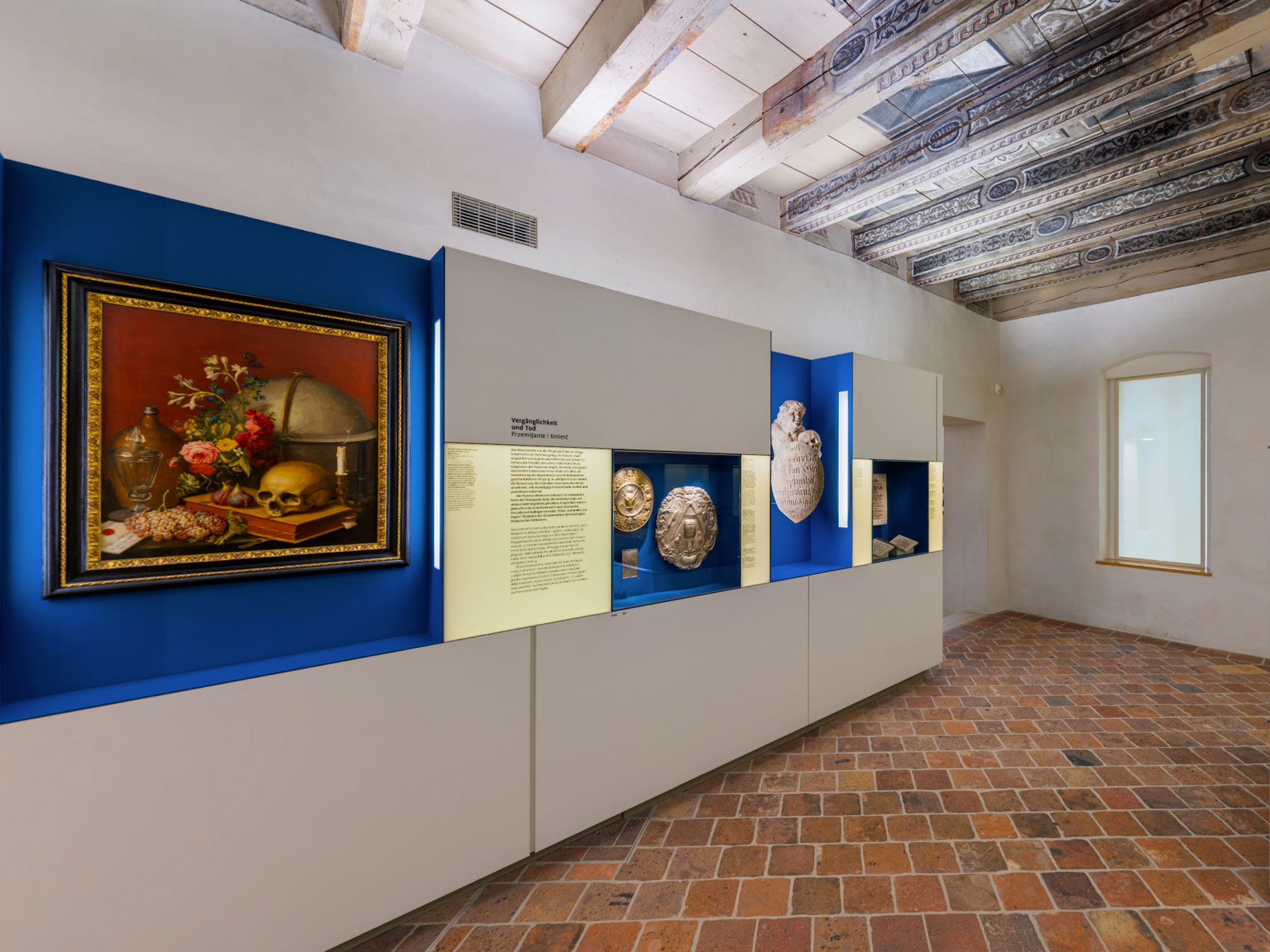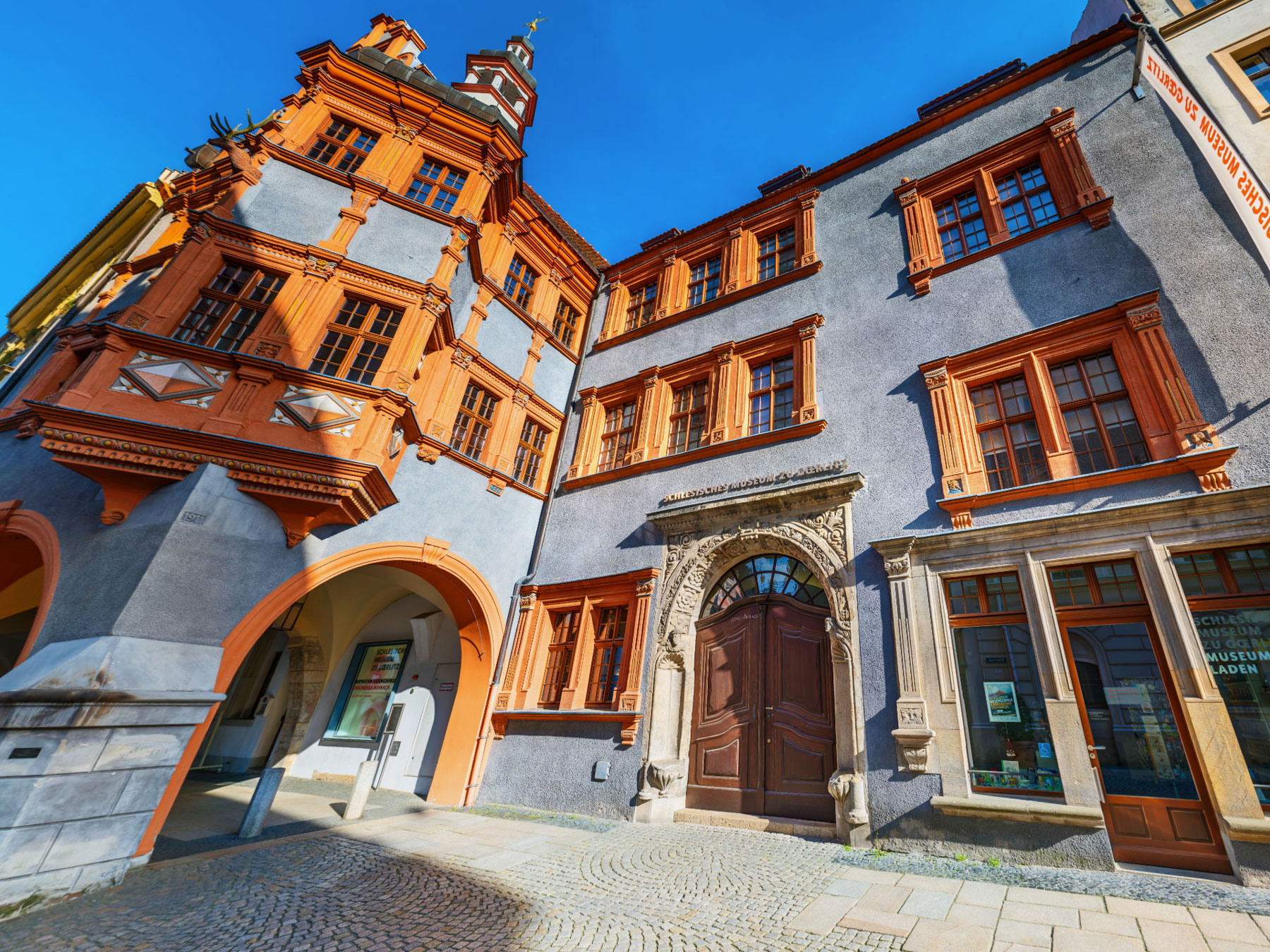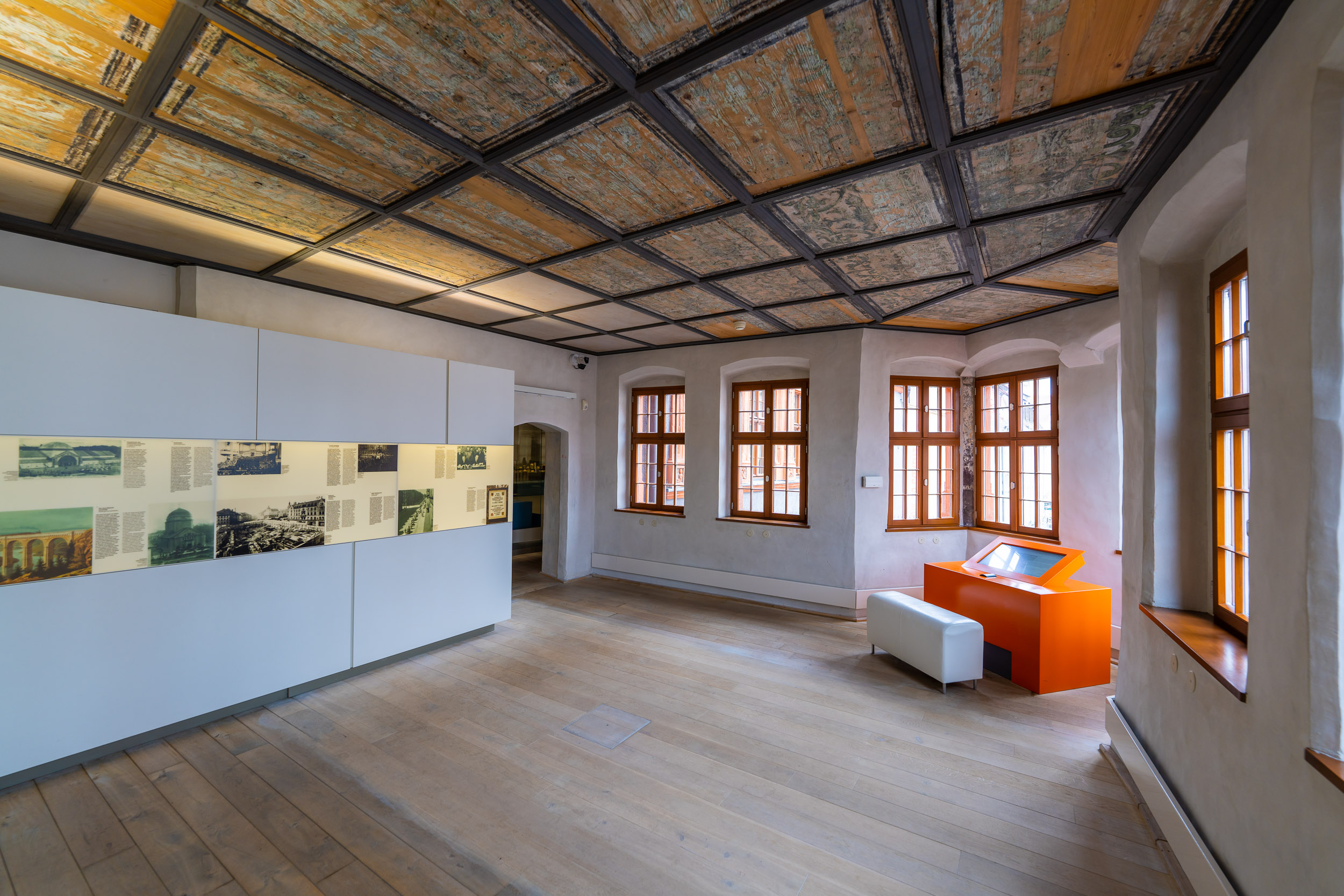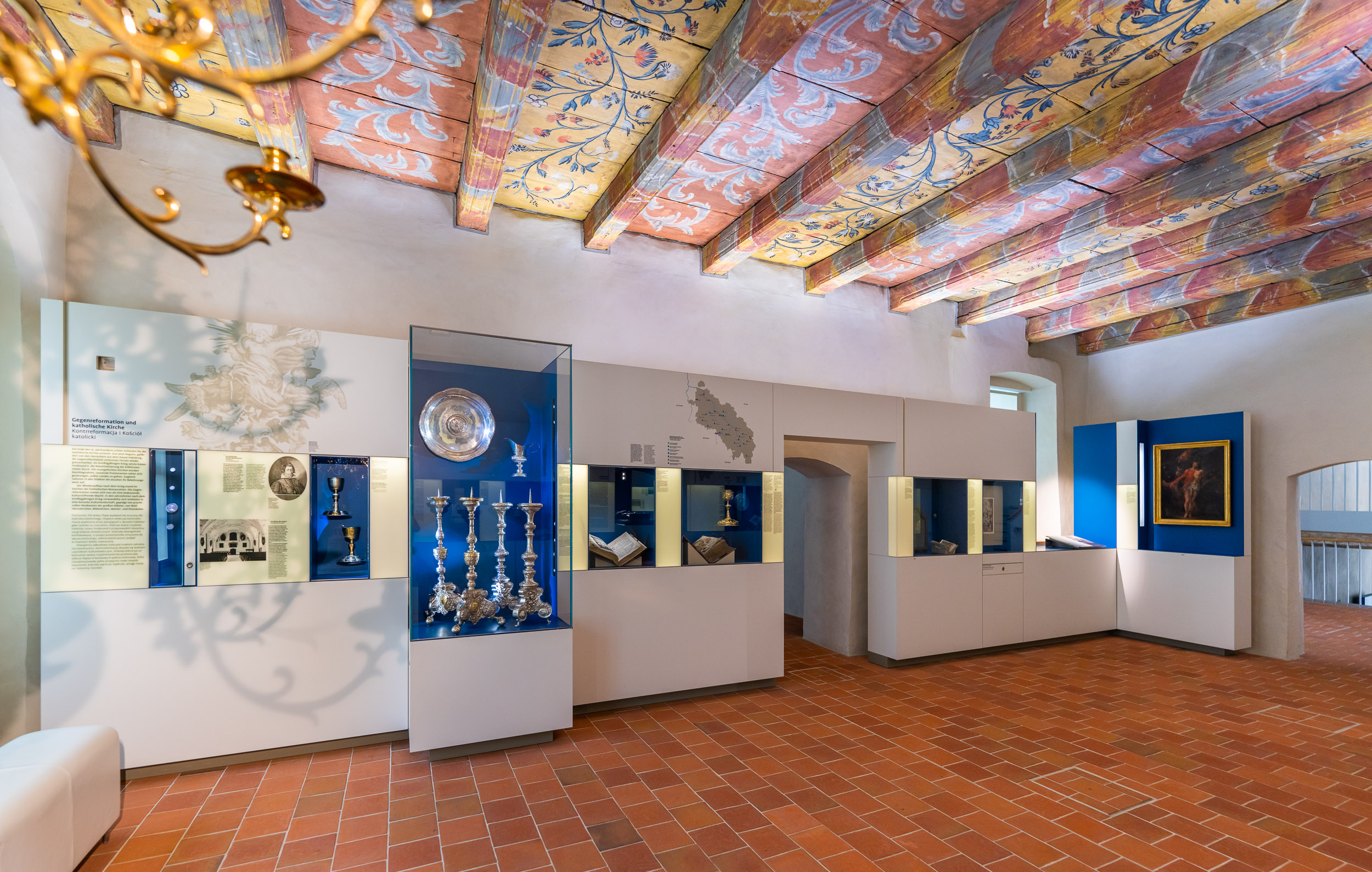
Baroque in Silesia
Photographs
3D Models
Gigapixel
Gigapanoramas
Triumph and melancholy
Despite the hardship and economic setbacks brought about by the Thirty Years' War (1618 to 1648), the Baroque period was an era of glorious cultural development for Silesia. Only now did Silesia become the "most beautiful jewel" in the Austrian crown, as Empress Maria Theresa judged in retrospect.
A high level of education and the cosmopolitanism of the aristocratic and bourgeois elites were the prerequisites for this prosperity.
The confessional conflicts were lamented by many contemporaries – but they also spurred on extraordinary artistic and literary achievements.
The mood of the era was full of contradictions: people paid homage to the sensual pleasures of life and at the same time lamented their futility and transience. Demonstrative displays of splendour can be found alongside heightened forms of individual piety.
Many people in the 17th century had the impression that they were living in an era of crisis and decay. Sorrowful experiences formed the background to this: the schism in the church, war, bad harvests and epidemics. Even during the Thirty Years’ War, but above all in the following decades of reconstruction and economic recovery, a counter-movement was noticeable that was characterised by a demonstrative zest for life. The age loved ostentatious splendour, which can also be seen in the art and crafts of Silesia.
On the other hand, people kept the presence of death in mind. Preparation for death had a fixed place in life, and the staging of the funeral was a significant social event.
See similar attractions!
On a 2000 m2 exhibition space, visitors can explore approximately 1000 exhibits from the history of Silesian culture.
)
)
)
)